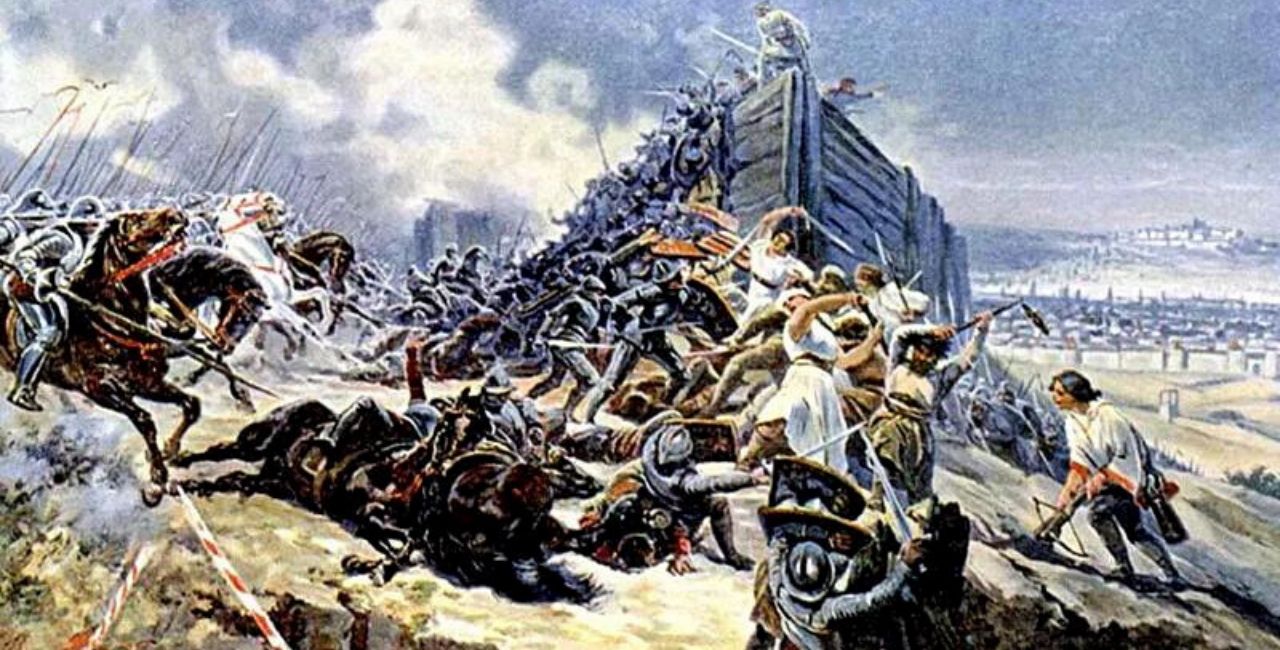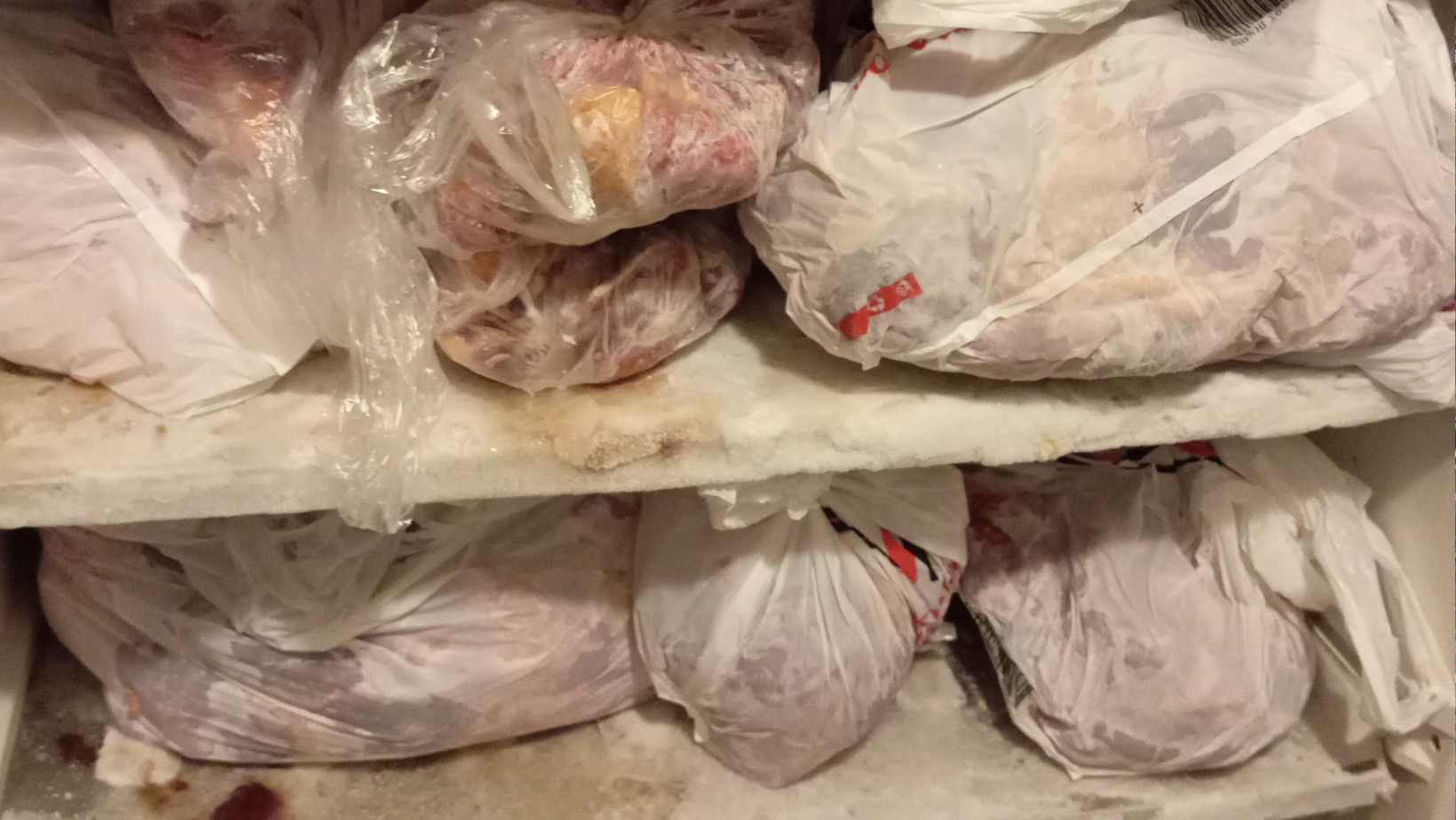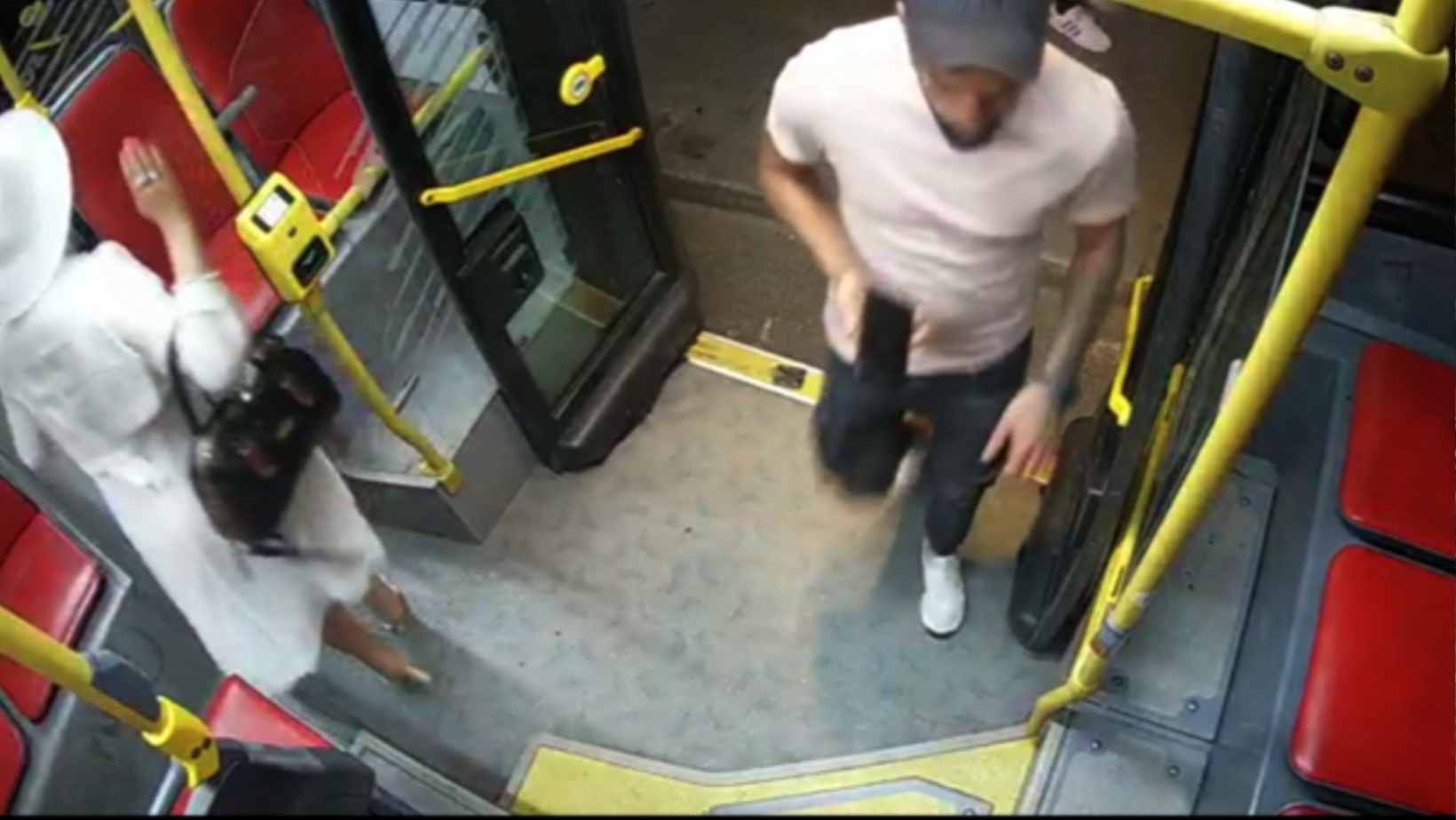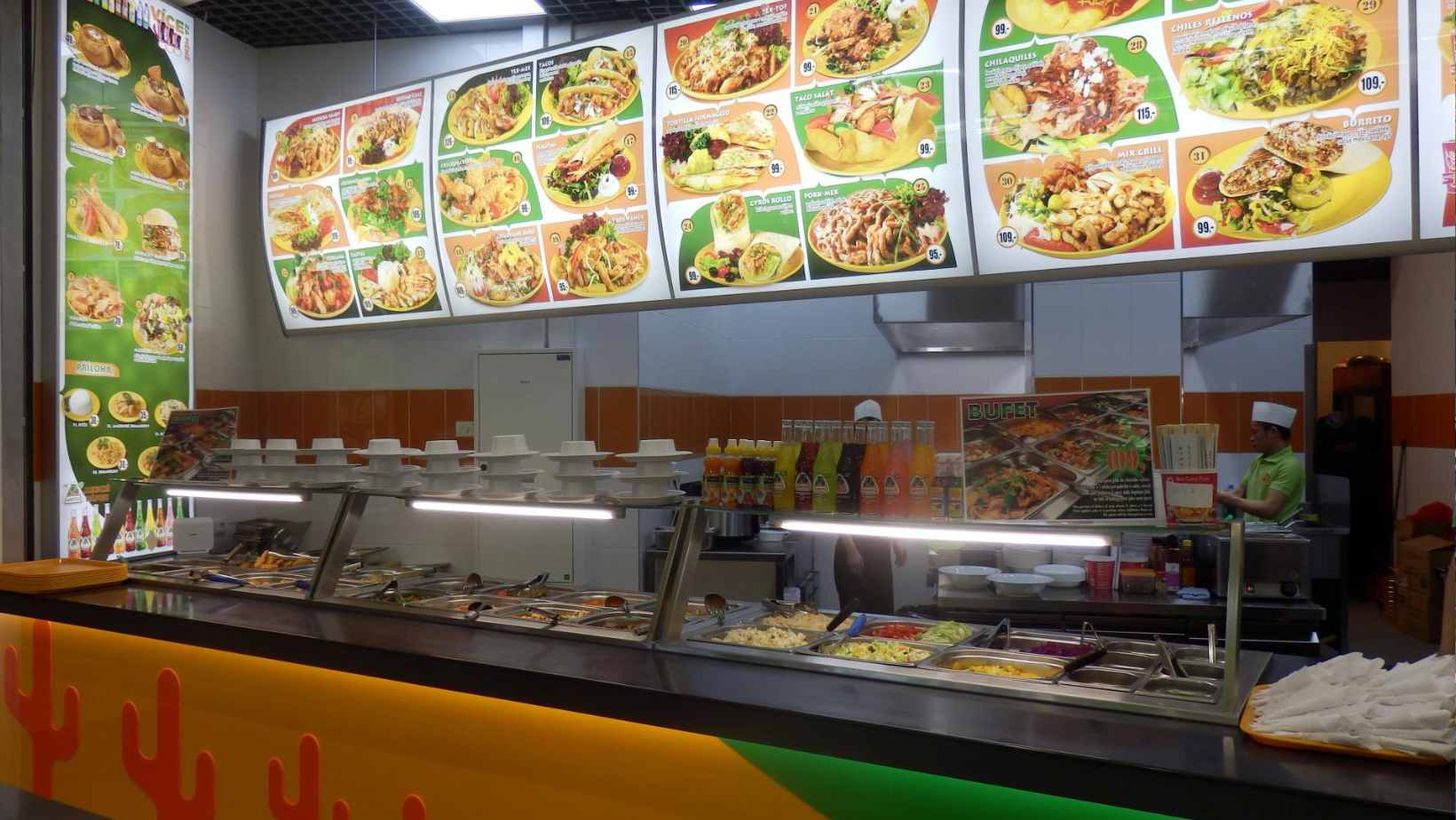The hill of Vítkov today provides a suggestive panorama of Prague and is particularly known for hosting one of the largest equestrian statues in the world, that of the Hussite leader Jan Žižka.
It was here that on 14 July 1420 an important battle took place within the Hussite Wars which saw the armies of the Holy Roman Emperor, Sigismund, opposed the Hussite deployments under the command of Žižka.
Sigismund began assembling an army near the Lower Silesian city of Świdnica. The Emperor was joined by German princes as the vast army of crusaders from all parts of Europe crossed the Bohemian border at the beginning of May, captured Hradec Králové and marched on Prague.
The siege of the Bohemian capital began on June 12th.
Sigismund could count on an army of about 150,000 men who launched the attack on the rebels on 13 July. The armies of the Holy Roman Emperor seized the castles of Vyšehrad and Hradčany, while Jan Žižka kept hold of the most important points in the fortifications of Prague: Vítkov Hill, located on the edge of the city, which was defended by no more than 80 men.
The following day, the reorganized Hussite troops attacked enemies by surprise through the vineyards on the southern side of the hill, forcing the Emperor’s faithful to retreat.
With panic spreading among them, the crusaders were routed from the field, many of them drowning in the Vltava during their retreat. It is believed they lost up to 300 knights during the battle.
As a consequence of the Hussite victory on Vítkov, the crusaders lost any hope of starving the city. The castles of Vyšehrad and Hradčany soon capitulated and Sigismund was forced to withdraw from Prague.
The battle was a clear, and perhaps unexpected, victory for the Hussites.
The Hussites defeated four more consecutive papal crusades between 1420 and 1431 in what became known as the Hussite Wars. Bohemia remained majority Hussite for two centuries, but in 1620, Roman Catholicism was reimposed by the Holy Roman Emperor after the Bohemian Revolt and its defeat at the Battle of White Mountain.
A sculpture of Jan Žižka was later unveiled on top of Vítkov Hill on July 14, 1950, to mark the anniversary of the battle. It is believed to be the third largest bronze rider statue in the world. Situated south of Vítkov hill, Prague’s Žižkov district was also named after Hussite military leader.
-
NEWSLETTER
Subscribe for our daily news










